Cupping Therapy
What is a Cupping Therapy?
Cupping therapy, an ancient healing practice, has garnered increasing attention in recent years for its potential health benefits. Dating back thousands of years, cupping therapy has roots in traditional Chinese medicine (TCM) and has been practiced in various forms across cultures, including in Egyptian, Greek, and Middle Eastern civilizations. Originally, practitioners used hollowed-out animal horns or bamboo cups to create suction on the skin.
The fundamental principle of cupping involves placing cups on the skin and creating a vacuum effect, which draws the skin and superficial muscle layer upward into the cup. This suction is believed to stimulate blood flow, release toxins, and promote healing. Cupping therapy is often used to alleviate pain, reduce inflammation, improve blood circulation, and promote relaxation.
This approach focuses on the unique therapeutic qualities of blood and unique substances, as well as improving immunological system function, encouraging metabolic activity, and restoring blood biochemistry balance.
History of Cupping Therapy
Since ancient times, cupping therapy has been a traditional technique. About 5500 years ago, the Macedonians and Egyptians began using this therapy; the Egyptians then brought it to the Greeks. During the first six centuries of the Common Era, cupping therapy was recorded and recommended in many civilizations, such as China and Rome, and the Prophet Muhammad’s collected traditions, or hadiths.
Cupping therapy spread to many regions of the world and has been used continuously across time, except in the United States, where its use waned in the late 19th and early 20th centuries.
Cupping has long been connected to religion, spirituality, culture, and folklore in many nations. Regulations limited the anatomical locations where cupping could be performed because it was thought in some traditional Muslim communities that following particular ceremonial rites would enhance treatment effects.
Cupping therapy was closely linked to acupuncture in traditional Eastern medicine, but in Taoism, its purpose was to balance Yin or negative energy, and Yang, or positive energy, to harmonize Qi. Ayurvedic treatment in India also uses blood purification the method called Ghati yantra, which is comparable to wet cupping.
In some minority cultural and religious traditions, shamanic healers employed the cupping technique to protect their people from diseases said to have demonic roots.
Techniques of Cupping Therapy
Wet and dry cupping are the two main categories into which cupping is usually divided. Both methods use different materials for their containers, which are used to produce a vacuum over a particular region of the skin. Often, these volumes are far less than those utilized in conventional donating blood techniques.
Traditional wet cupping techniques are still used in many nations, such as China, Korea, and some regions of Eastern Europe.
Over the past few years, cupping traditions have evolved and are now divided into five primary groups:
- Technical types: There are several varieties of cupping therapy, including dry, wet, flash, and massage cupping.
Power of suction: Different levels of suction can be used during cupping therapy; these levels are commonly classified as light, medium, strong, or pulsatile suction. - Methods of suction: There are several ways to do cupping therapy, including electrical, manual, and fire suction techniques.
- Additional therapies: Cupping therapy can be used in conjunction with needle, mona, herbal, magnetic, laser, electrical stimulation, water, and aquatic cupping techniques, among other therapies.
- Conditions and area-specific: Cupping therapy can be tailored to target specific locations and address certain ailments.
Examples of these include face, stomach, sports-related, orthopedic, and cosmetic cupping therapies for both sexes.
A meta-analysis of the beneficial effects of cupping therapy for back pain found that although both wet and dry cupping techniques are still valuable in modern medicine, the majority of studies meeting the inclusion criteria for the treatment primarily focused on dry cupping.
Dry cupping is generally preferred over wet cupping because it is less painful. The advantages of less spreading outweighed the possible physiological benefits of wet cupping.
Physiology and Anatomy
Theories Associated With Cupping Therapy
The specifics of how cupping functions as a therapeutic technique are still unknown. However, several theories have been proposed to explain its physiological benefits, some of which are described here.
The pain-gate theory
According to this idea, big nerve fibers are specifically stimulated during cupping therapy by touch, pressure, and vibrating sensations. The dorsal horn of the spinal cord becomes stimulated, which inhibits the transmission of pain signals to the brain.
Large-fiber nerves are activated as a result of the upregulation of receptor-fiber units brought on by the enhanced stimulation of peripheral nociceptors brought on by cupping. Since these long fiber nerves respond to stimuli, pain alleviation may be facilitated by the pumping mechanism that creates suction during cupping.
The diffuse noxious inhibitory controls (DNIC) theory
This idea states that suffering in one area of the body can mask or manage pain in another.
However, the precise method by which DNIC works in cupping therapy remains unknown.
Numerous ideas have been proposed, including the induction of the deoxidation effect, the activation of the DNIC response, or the diversionary effect of the sensation of cupping.
The reflex zone theory
This idea suggests that certain alterations in the connective, muscular, neurological, organ, or distal vascular tissues could be a reflexive response to the proximal constriction of an autonomic nerve within the same or nearby dermatome.
This idea suggests that the treatment strategy should focus on the center-restricted area instead of just the distal portions that are exhibiting symptoms. This idea is similar to the use of meridians in traditional Eastern medicine as well as osteopathic medicine’s somato-visceral and somato-somatic reflexes.
The release of nitric acid (NO) theory
According to this idea, cupping therapy might promote the synthesis of more nitric oxide (NO), which regulates vasodilation, blood flow, and volume. This idea is supported by the findings of animal studies that show acupuncture and NO release are related.
As acupuncture and cupping therapy exhibit similar physiological effects, there is a theory that cupping may also cause NO-mediated vasodilation and other local physiological reactions. Cupping therapy may therefore encourage normal blood circulation and ward against diseases like atherosclerosis.
The activation of immune system theory
According to this hypothesis, cupping therapy greatly improves the body’s mechanical and biochemical immune systems. Al-Bedah et al. highlights many studies that indicate cupping therapy can both reduce inflammatory chemicals and stimulate the production of several autoimmune modulators.
However, it is thought that these advantageous modifications might not end with the cupping sessions. However, cupping is supposed to strengthen the body’s defenses against oxidative stress, stimulate the neuroendocrine system, and stimulate the thymus.
The blood detoxification theory
Wet cupping is the main application of this idea. This idea explains why blood obtained during wet cupping is reported to include higher levels of uric acid, cholesterol, urea, and triglycerides, among other things.
Additionally, it is thought that the blood recovered by wet cupping has larger concentrations of mean corpuscular hemoglobin, hematocrit, hemoglobin, and red blood cells. This idea has been used in lead, aluminum, mercury, and silver detoxification programs, among others.
Wet and Dry Cupping: Physiological Reactions and Therapeutic Mechanisms
The use of external suction in both wet and dry cupping causes many physiological reactions that support the therapeutic benefits of the treatment. Increased blood volume, higher capillary filtration rates, and the discharge of filtered and interstitial fluid into the treated area are all components of these reactions.
Prostaglandins, inflammatory mediators, and chemicals associated with and capable of causing disease are present in increased amounts in the collected fluid. Dry cupping’s higher oncotic pressure is thought to promote lymphatic absorption, which makes it easier to remove waste materials and collected fluids from the treated area.
Because of the scratches made by the knife during the procedure, wet cupping has unique effects. These little cuts on the skin cause inflammatory cells to migrate and release endogenous opioids, which are organic compounds that improve mood and reduce pain. The aforementioned activity enhances the body’s capacity to combat infections and reestablish immunological balance by augmenting both innate and acquired immunity.
Many anatomical areas can be the focus of cupping therapy, the individual disease or condition being treated will determine which sites are used. The back, chest, abdomen, and buttocks are among the areas with a lot of muscular tissue that are commonly treated with cupping.
To reduce the possibility of complications and improve the possibilities of successful results from cupping therapy, anatomical areas with a lot of dense hair, little tissue mass, and not enough surface area should be avoided.
Indications
Cupping is a multipurpose therapy that improves general health and works well for both localized and systemic issues. Effective musculoskeletal pain treatment can be achieved through the use of both dry and wet cupping procedures. However, dry cupping is frequently chosen in Western contexts because it offers a considerably decreased chance of exposure to biohazardous fluids, making it a safer choice for both patients and practitioners.
Evidence indicates that wet cupping may assist patients in more ways even though the danger is reduced. Wet cupping is helpful for a variety of systemic ailments, such as those associated with obesity, hypertension, diabetes mellitus, autoimmune and inflammatory diseases, psychiatric disorders, systemic infections, and skin conditions.
Contraindications
It is essential to take into account contraindications when administering cupping therapy to protect patients’ safety and well-being. Avoiding regions with open wounds, bone fractures, or deep vein thrombosis are some of these contraindications.
Notably, cupping should not be put directly over inflammatory skin areas, lymph nodes, eyes, body orifices, nerves, arteries, veins, or varicose veins. It is best to avoid cupping if the skin is excoriated, leaking, or infected because this could raise D-dimer levels, which could indicate the risk of blood coagulation or other negative effects.
Cupping therapy is not recommended for people with cancer, organ failure, hemophilia, or any other blood problem, or those who have any implanted electronic medical devices, such as pacemakers. Patients who are pregnant, have children, are elderly, or are menstruating shouldn’t receive cupping therapy. Moreover, patients undergoing cupping therapy are more likely to experience cardiovascular events if their serum cholesterol is raised.
Patients on anticoagulant medication should not receive cupping therapy. However, people who have acute infections or cardiovascular illnesses should be cautious while thinking about cupping therapy. However, patients who have raised serum cholesterol have an increased chance of experiencing cardiovascular problems due to cupping.
Equipment
Cupping therapy sets come in a variety of configurations, and the features that suit a given application, suction method, and manufacturing material might affect the set’s properties. These are some examples.
- Fabrication material A variety of materials, such as glass, plastic, silicone, or bamboo, can be used to create cupping sets. Depending on the specific cupping therapy technique, the patient’s skin may need to be protected from the cup’s edge during the suction process by using a viscous solution, like oil or water-based lubricant.
- Suction method: Modern cupping sets can rely on electrical equipment (electrical cupping) to control the pressure or use a vacuum pump to generate the suction (manual cupping).
- Specific use: Cupping sets can be tailored to target certain body parts or illnesses for a variety of therapeutic applications.
For example, cupping sets can be used for cosmetic renewal, sports-related disorders, lymphatic drainage, and overall relaxation.
Additionally, cupping sets come in a variety of sizes and shapes to suit a range of body types and patient preferences. Certain cupping sets come with several cup sizes so that the practitioner can adjust the treatment to the patient’s needs. To provide the required suction for the therapy, the set could also incorporate a particular suction technique, including electrical devices or manual pumps.
To maintain appropriate hygiene standards, the cups must be properly cleaned with soap and water after each cupping therapy session. It is essential to regularly sanitize the cups after every use to reduce the possibility of cross-contamination and infection.
Because the wet cupping procedure involves taking tiny amounts of blood from the patient, safety, and cleanliness must come first. It is recommended that personal protective equipment (PPE) be used to protect both the patient and the practitioner. Additionally, selecting disposable vacuum pumps, surgical blades, and cups reduces the possibility of infection transmission and ensures a single-use, sterile environment.
Preparation
Dry cupping is an easy process that usually needs very little setup. The primary steps in preparing for dry cupping are obtaining the patient’s informed consent, both verbally and in writing, making sure that only the necessary amount of skin is exposed for treatment while protecting the patient’s privacy, respect, and safety; and making sure the skin is clean and dry before beginning the cupping session.
Wet cupping necessitates extra safety precautions in addition to the previously listed ones because it may expose users to biohazardous materials. It is essential that the practitioner and all other people involved in the process wear the proper PPE to guarantee the safety of both the patient and the practitioner.
Even though wet cupping is a clean procedure, you should still proceed slowly and take the necessary safety measures to safeguard patients and prevent any negative outcomes. It is advised that the following safety precautions be followed when carrying out the treatment.
- Skin preparation: Instead of using alcohol to prepare the skin, use benzodine.
- Disposable tools: For each patient, disposable surgical blades and cups ought to be utilized.
- PPE: The cupping therapist and any helpers should wear sterile gloves, gowns, and drapes, among other suitable PPE, as should all other participants in the operation.
- Waste disposal: Sharp and biohazard trash containers should be utilized to properly dispose of cups, blades, and other disposable materials used throughout the operation.
- Chaperone presence: The inclusion of a chaperone in the treatment room is advised, particularly when caring for patients who are not familiar with the process.
Technique or Treatment
Dry cupping is a straightforward, one-step method where the cups are put directly to the skin’s surface to create suction without the need for other steps.
On the other hand, conventional wet cupping is a two-step procedure that starts with superficial skin scarification, which entails lightly scraping or cutting the skin with a scalpel or other sterile tool. Applying the cups to the scarified area and letting the suction extract a tiny amount of blood and interstitial fluid comes next.
Three steps are involved in the more intricate wet cupping method known as al-Hijamah. Initially, cups are applied to the skin to create suction. This is followed by superficial scarification, which is comparable to the conventional wet cupping method.
But in Al-Hijamah, after the first scarification, there is a second round of cupping. Honey is often used in Al-Hijamah to enhance the vacuum seal and protect the patient’s skin from the cup’s edge. Given that honey has long been known to have therapeutic qualities, it may help the skin recuperate from the operation.
During a cupping therapy session, cups should be left on the skin for a maximum of five to ten minutes, according to research. This length of time is thought to be sufficient to achieve the desired therapeutic results without adding pain or unwarranted side effects.
Following a session of cupping therapy, patients may develop what are known as cupping marks—residual ecchymosis on the skin. These marks, which appear as oval- or circular-shaped patches of skin discoloration, are caused by the suction used during cupping.
The markings’ hue can differ, spanning from pale red or pink to deep purple, contingent on the skin type of the recipient and the degree of therapy administered. After the procedure, the cupping marks usually progressively go away after one to ten days.
Suction is produced using any one of the three pumping techniques listed below.
- Manual pumping: In this technique, the cups are quickly and carefully applied to the skin after being crushed by hand or with a mechanical tool. The skin is drawn into the cup by the vacuum created by the pressure release, producing the required suction effect.
- Electrical pumping: This technique generates a suction through a motorized pump or vacuum equipment. The cup may stick to the skin and produce the therapeutic effects of the treatment because of the negative pressure created inside the cup by the pump.
- Fire cupping: To get rid of the air, methylated spirits are used to momentarily light a flame inside the cup. The cup is applied to the skin right away after the flame is extinguished. The intended suction effect is created as the air within the cup cools and contracts, creating a partial vacuum that pulls the skin into the cup’s mouth.
Complications
Although there are few instances of mild to moderate adverse responses, cupping therapy is usually thought to be a safe procedure. Preventable and nonpreventable categories apply to these possible negative consequences.
Scarring, burns, bullae, abscesses, blood-borne and skin infections, pruritus, anemia, and panniculitis are among the avoidable side effects of cupping therapy. Errors in sterile technique or instrumentation are frequently blamed for these problems.
Headaches, nausea, vasovagal syncope, weariness, dizziness, and sleeplessness are among the unpreventable side effects of cupping therapy. Another is the Koebner phenomenon, which is defined as the development of new skin lesions as a result of the treatment. Since the patient’s reaction plays a major role, these adverse outcomes are classified as nonpreventable.
The risks connected with wet cupping are higher for infection, vasovagal syncope, and scarring. Localized erythema and ecchymosis at the cupping site(s) are common side effects of dry cupping. Burns are more likely to occur while dry cupping with fire suction.
Clinical Significance
Cupping therapy has demonstrated noteworthy advantages in the management of numerous pain problems, such as musculoskeletal pain, migraines, and tension headaches. According to studies, wet cupping lowers headache days by 12.6 per month and average headache severity by 66%.
Cupping therapy has shown promise in treating Osteoarthritis, neuritic, and musculoskeletal pain that affects the trunk, extremities, and neck in addition to headaches. However, cupping therapy has been used to treat respiratory issues like coughing and dyspnea as well as skin conditions like acne.
A German study showed the benefits of traditional wet cupping for the management of carpal tunnel syndrome. However, research employing conventional Persian medicine has demonstrated potential in the management of autoimmune diseases such as B-thalassemia.
To sum up, the available data suggests that cupping procedures, whether dry or wet, can provide significant benefits for pain management. The exact benefits may vary based on the type of pain being treated. While wet cupping has shown the greatest promise in treating inflammatory-related pain problems, such as herpes zoster infection, dry cupping has shown effectiveness in treating generalized pain conditions.
Summary
Nowadays, cupping therapy is thought to be a supplement to traditional medical care rather than a replacement for it. Healthcare practitioners should approach cupping therapy cautiously and keep in mind that, although showing promise in some areas, there is currently little evidence to support its usefulness for the majority of medical conditions.
Healthcare practitioners should also be aware of any possible misunderstandings about cupping marks. There are times when the ecchymosis brought on by cupping therapy resembles bruising from physical trauma. Consequently, medical professionals must differentiate these marks from signs of abuse and improve their knowledge of the potential side effects of cupping therapy.
FAQ
What is cupping therapy used for?
Cupping treatment is an old kind of alternative medicine in which a therapist puts specific cups on your skin for a few minutes to produce suction. A deep-tissue massage or assistance with pain, inflammation, blood flow, relaxation, and general well-being are just a few of the reasons people get it.
What are the side effects of cupping?
Cupping may aggravate psoriasis or eczema and result in side effects including persistent skin discoloration, burns, scars, and infections. Severe adverse effects, like bleeding within the skull (after scalp cupping) and anemia due to blood loss (following repeated wet cupping), have been documented in rare instances.
Is cupping painful?
In itself, the treatment is not painful. All cupping patients will undoubtedly have discomfort, swelling, bruising, and red marks after their procedure. However, each person will experience pain and side effects differently.
Who needs cupping?
As an alternate form of treatment, cupping involves applying cups to your skin to create suction. Athletes and celebrities swear by the technique, which helps with ailments including inflammation, chronic pain, and other issues.
Who benefits from cupping?
Wet cupping shows promise in treating a rising number of painful disorders, including fibromyalgia neck pain, nonspecific low back pain, musculoskeletal pain, and others. Michalsen et al. (2009) concluded that cupping therapy would be useful in reducing CTS pain and other symptoms.
Is cupping safe?
Does cupping come with any risks? Experts generally concur that cupping is safe. The pain felt during skin suction is usually the only side effect, provided the patient doesn’t mind the circular discolorations that go away over several days or weeks.
Is cupping better than massage?
Both physical therapy methods assist in reducing or getting rid of stress and strain. These methods ought to assist you in de-stressing. These therapies can ease your pain or soreness if you are experiencing it. Specifically, cupping stimulates auto-healing while massage releases adhesions.
What to eat after cupping?
Following the Tajima/cupping session
After the session, sip on water mixed with honey and make sure to stay hydrated. For two days, stay away from dairy and red meat items. Digestion of these foods requires more blood flow and energy. These meals impede the healing process by decreasing blood supply to the affected areas.
Does blood cupping have benefits?
Numerous patients of cupping therapy attest to its ability to: Reduce inflammation and pain. reduces tenseness in the muscles. increases blood flow.
Does cupping clean the blood?
Wet cupping therapy’s primary result is linked to blood circulation being accelerated, which eliminates waste products and blood stasis from the body.
Reference
- Furhad, S., Sina, R. E., & Bokhari, A. A. (2023, October 30). Cupping Therapy. StatPearls – NCBI Bookshelf. https://www.ncbi.nlm.nih.gov/books/NBK538253/

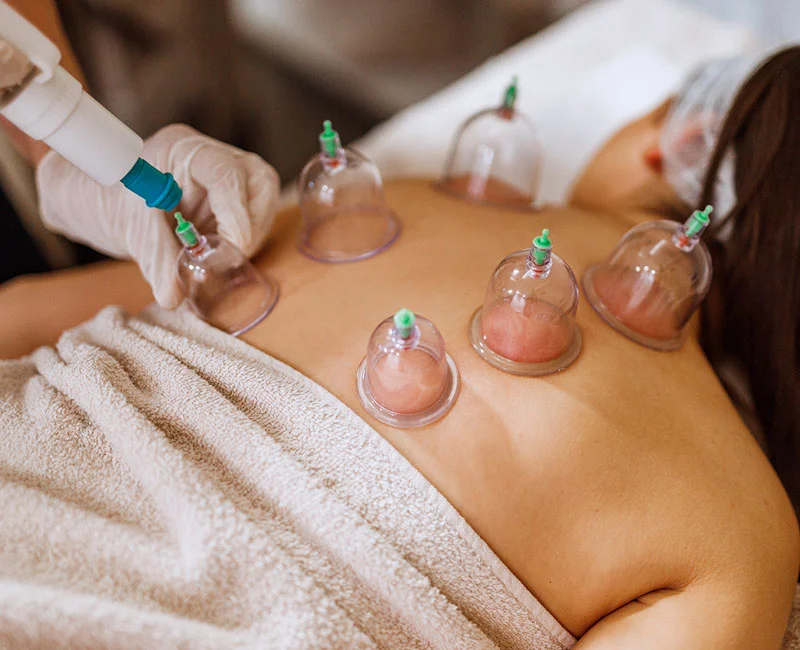
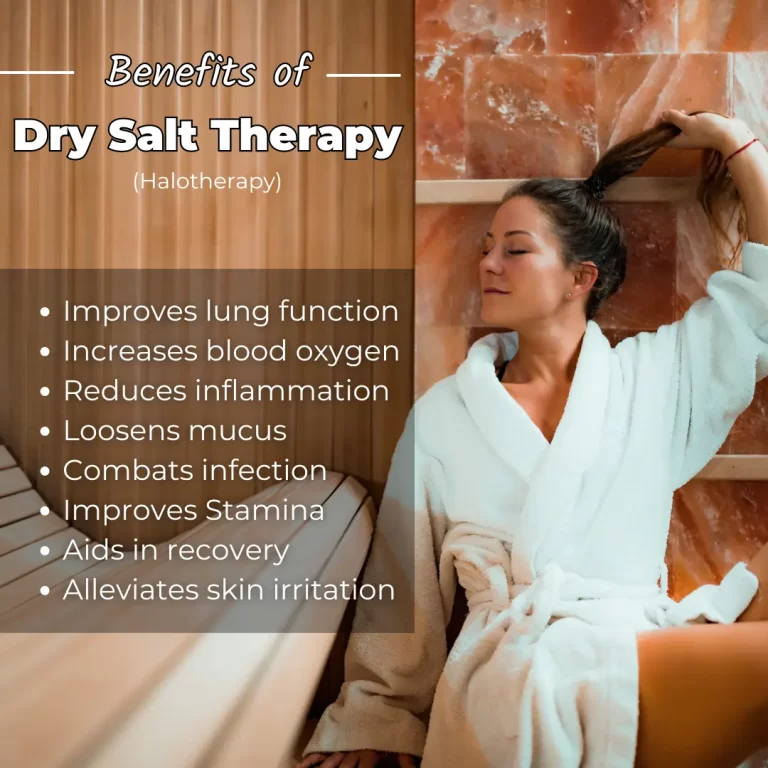
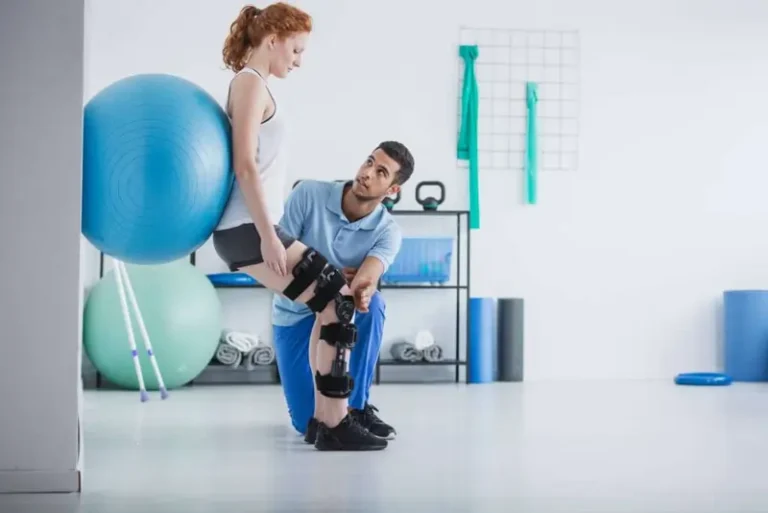
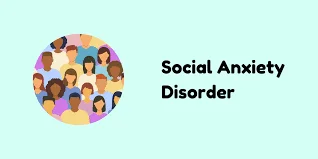
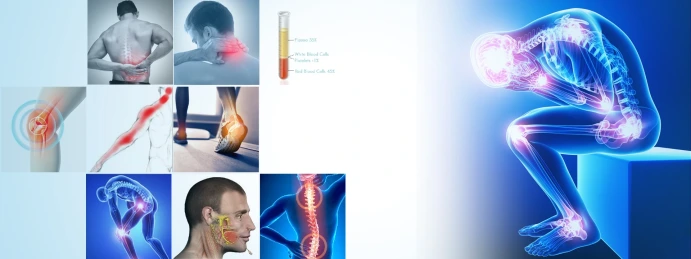
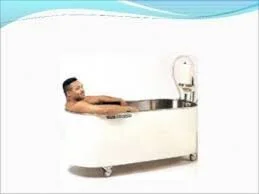

One Comment